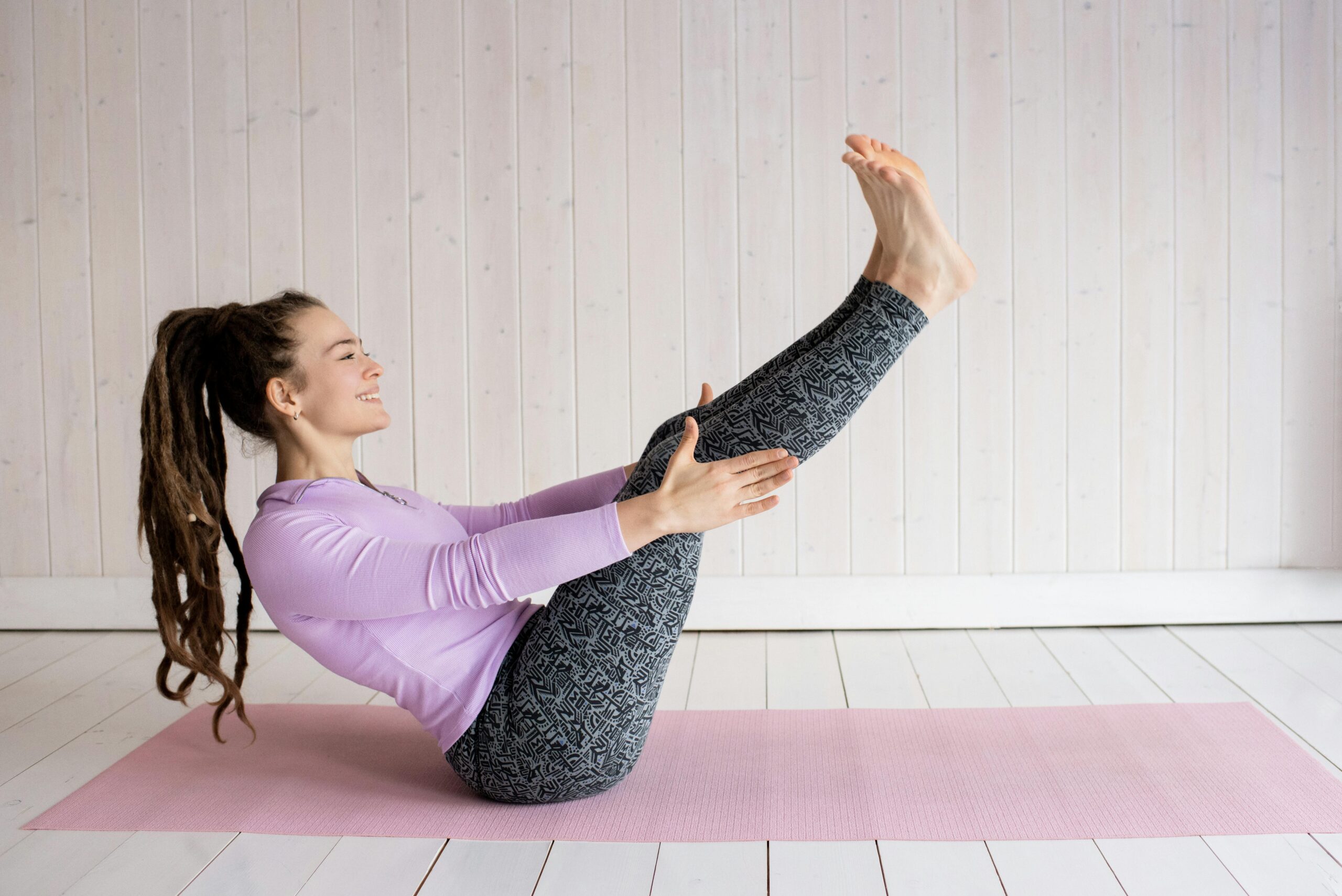As we age, maintaining balance becomes increasingly crucial for overall health and independence. Balance training is an essential component of healthy aging, as it helps prevent falls, which are a leading cause of injury and loss of mobility in older adults. This article explores the importance of balance training, the risks associated with falls, and evidence-based strategies to improve stability in aging individuals.
The Impact of Falls in Older Adults
Falls are a significant public health concern among older adults. According to the Centers for Disease Control and Prevention (CDC), one in four Americans aged 65 and older falls each year, leading to serious injuries such as hip fractures, head trauma, and even death (CDC, 2023). Falls account for more than 95% of hip fractures and are the most common cause of traumatic brain injuries in this age group (Tinetti et al., 2012).
Beyond physical injuries, falls can have psychological consequences. Many older adults develop fear of falling, which can lead to reduced physical activity, muscle weakness, and increased social isolation—factors that further increase fall risk (Delbaere et al., 2010).
Why Balance Declines with Age
Several age-related changes contribute to impaired balance:
- Muscle Weakness: Sarcopenia, the loss of muscle mass and strength with aging, reduces stability and reaction time.
- Sensory Decline: Vision, proprioception (awareness of body position), and vestibular function (inner ear balance system) deteriorate with age.
- Slower Reflexes: Delayed reaction times make it harder to correct imbalances quickly.
- Chronic Conditions: Conditions like arthritis, Parkinson’s disease, and diabetes can affect coordination and mobility.
- Medication Side Effects: Some medications cause dizziness or drowsiness, increasing fall risk (Zia et al., 2017).
The Benefits of Balance Training
Balance training helps counteract these age-related declines and provides multiple benefits:
- Fall Prevention: Studies show that balance training can reduce fall risk by 21-39% in older adults (Sherrington et al., 2017).
- Improved Stability and Coordination: Regular exercises enhance proprioception and neuromuscular control, allowing the body to react more efficiently to balance disruptions.
- Increased Strength and Mobility: Many balance exercises incorporate lower-body strength training, which improves gait and reduces fall risk.
- Boosted Confidence: Training helps reduce fear of falling, leading to increased daily activity and social engagement.
Effective Balance Training Exercises
A well-rounded balance program should include:
- Strength Training: Squats, leg raises, and resistance band exercises to enhance lower-body strength.
- Static and Dynamic Balance Exercises: Standing on one leg, tandem walking, and shifting weight side to side.
- Vestibular Training: Head-turning exercises and eye-tracking movements to improve inner-ear balance function.
- Functional Movements: Practicing standing up from a chair, stair climbing, and reaching tasks.
- Tai Chi and Yoga: Research supports these activities for improving balance, flexibility, and fall prevention (Wayne et al., 2014).
Conclusion
Balance training is a crucial component of healthy aging. By incorporating regular balance exercises into daily routines, older adults can improve stability, prevent falls, and maintain their independence. Given the high prevalence of fall-related injuries, physical therapists and healthcare providers should prioritize fall prevention strategies in aging populations.
References:
- Centers for Disease Control and Prevention (CDC). (2023). Older Adult Falls: Data & Statistics. Retrieved from https://www.cdc.gov/homeandrecreationalsafety/falls/index.html
- Delbaere, K., Crombez, G., Vanderstraeten, G., Willems, T., & Cambier, D. (2010). Fear-related avoidance of activities, falls and physical frailty: A prospective community-based cohort study. Age and Ageing, 39(6), 746-749.
- Sherrington, C., Fairhall, N. J., Wallbank, G. K., Tiedemann, A., Michaleff, Z. A., Howard, K., & Clemson, L. (2017). Exercise for preventing falls in older people living in the community: An abridged Cochrane systematic review. British Journal of Sports Medicine, 51(24), 1750-1758.
- Tinetti, M. E., Speechley, M., & Ginter, S. F. (2012). Risk factors for falls among elderly persons living in the community. New England Journal of Medicine, 319(26), 1701-1707.
- Wayne, P. M., Walsh, J. N., Taylor-Piliae, R. E., Wells, R. E., Papp, K. V., Donovan, N. J., & Yeh, G. Y. (2014). Effect of Tai Chi on cognitive performance in older adults: Systematic review and meta-analysis. Journal of the American Geriatrics Society, 62(1), 25-39.
- Zia, A., Kamaruzzaman, S. B., & Tan, M. P. (2017). The consumption of polypharmacy and falls in older adults: A systematic review. Journal of the American Medical Directors Association, 18(7), 559-568.



Comments are closed